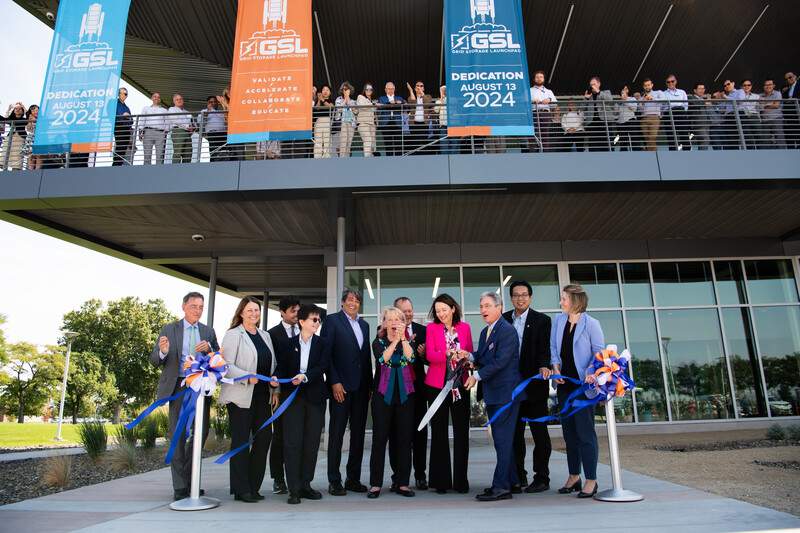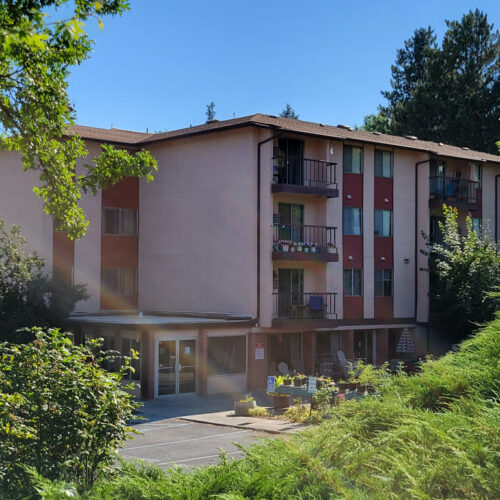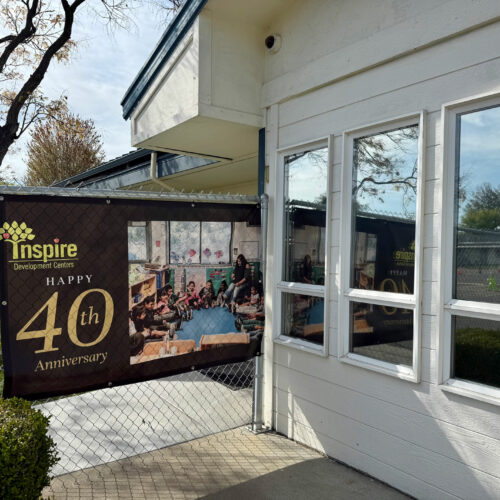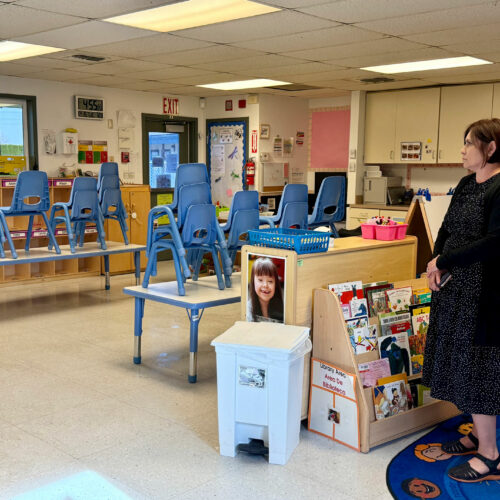
Grid storage research facility in Richland paves the way for better energy storage
Listen
(Runtime 1:02)
Read
Scientists hope there’s about to be a boost to energy storage. That’s because a new Grid Storage Launchpad officially opened its doors Tuesday in Richland, Washington.
“We need to create a new understanding of battery materials that enables the U.S. supply chain to produce low cost, high performance, safe batteries for grid and transportation applications faster than we have ever done it before,” said Jud Virden, associate lab director for Pacific Northwest National Laboratory’s Energy and Environment directorate.
The new facility will bring together scientists and industry leaders to help speed up the development of battery and grid storage technologies. They said they hope that will accelerate grid storage solutions at lower costs.
Jeremy Twitchell is a senior energy analyst at Pacific Northwest National Laboratory, where the launchpad is based. Forecasting of a grid that’s run entirely by renewable energy shows there’s not enough generation for when energy needs are highest.
“If we want to have an electric grid that is clean, reliable and just, we will have to have a lot of energy storage on it,” Twitchell said.
That’s where this 93,000-square-foot facility comes in, he said.
Around 100 researchers will be based at the facility, which is equipped with 30 laboratories.
Scientists plan to test new molecules that can replace rare materials commonly used in batteries. They’ll also work to make technologies safer and test their innovations in real-world scenarios, which will help move innovations from the lab to deployment much faster, Twitchell said.
They hope these battery developments will also make headway for electric car batteries.
This is the first facility of its kind for grid storage in the nation, said Geri Richmond, the undersecretary for science and innovation at the U.S. Department of Energy.
“Battery storage is going to be really important because it can go everywhere, but these days we have a limit on how long those batteries will last,” she said.
Deploying battery storage anywhere is especially important for communities that don’t have reliable access to energy, she said, such as Alaska Native communities.
“I’ve seen what difference it makes to have storage capacity there. There is so much for us to do and to reach again every possible community that we can,” she said.
That’s especially important as the climate changes, Richmond said.
Not only will advances in grid storage help energy systems be more just, it will help more people find employment, said U.S. Sen. Maria Cantwell, D-Washington. Right now, roughly 80,000 people work in clean energy and grid storage sectors in Washington, she said.
“Grid energy storage can change renewables,” Cantwell said. “We know one thing about our state, it’s continuing to grow. So grid storage allows more wind and solar to be integrated into the grid to provide that clean source of energy (that) will be one of the big drivers of the Washington economy.”
The federal government invested $75 million in the facility. Washington state contributed $8.3 million.
“This facility will help ensure the advancements in energy storage that really do translate to the private sector, creating new innovative battery products as well as dependable manufacturing jobs,” Cantwell said.
Harriet Kung, the acting director of the Office of Science in the Department of Energy, said the launchpad is timely and important.
“I cannot wait to see what the future will hold,” she said.















